We’ve been conditioned to believe that a truly clean home must smell like bleach and leave our hands dry from antibacterial sprays. Here at GoodBasics, we simply couldn’t abide by this notion: and it's precisely our mission to dispel this misunderstanding of cleaning practices. The myth that you need harsh chemicals to kill germs is one that marketing has ingrained in us, but science tells a different story. Let’s break it down: cleaning vs. disinfecting, why harsh chemicals aren’t the only answer, and how nature itself provides effective alternatives.
 Many people use the terms “cleaning” and “disinfecting” interchangeably, but they serve different purposes. Cleaning is the process of removing dirt, grime, and germs from surfaces using water, soap, or detergents. It doesn’t necessarily kill bacteria or viruses but reduces their numbers significantly, making it harder for them to spread. Disinfecting involves using chemicals to kill bacteria, viruses, and fungi. However, disinfectants are only effective when applied to a pre-cleaned surface, and overuse can lead to resistant microbes and potential health risks.
Many people use the terms “cleaning” and “disinfecting” interchangeably, but they serve different purposes. Cleaning is the process of removing dirt, grime, and germs from surfaces using water, soap, or detergents. It doesn’t necessarily kill bacteria or viruses but reduces their numbers significantly, making it harder for them to spread. Disinfecting involves using chemicals to kill bacteria, viruses, and fungi. However, disinfectants are only effective when applied to a pre-cleaned surface, and overuse can lead to resistant microbes and potential health risks.
 Understanding this distinction helps us reframe our approach; effective cleaning is the foundation, while targeted disinfection is a tool to be used selectively—not as the default.
Understanding this distinction helps us reframe our approach; effective cleaning is the foundation, while targeted disinfection is a tool to be used selectively—not as the default.
The push for stronger, hospital-grade disinfectants in everyday home cleaning has unintended consequences. Overusing disinfectants can contribute to the rise of “superbugs” that become resistant to traditional cleaning agents, making infections harder to treat. Many chemical disinfectants release volatile organic compounds (VOCs) into the air, contributing to respiratory issues, headaches, and even long-term health risks. Harsh chemicals like quaternary ammonium compounds (quats) and chlorine bleach leave residues that can be harmful to children, pets, and even adults through skin contact or inhalation. Our homes host beneficial bacteria that help maintain balance, and over-disinfecting can strip away these helpful microbes, creating an environment more susceptible to harmful pathogens.
 So, if harsh chemicals aren’t the answer, what is? The good news is that nature already provides effective cleaning solutions that work with—not against—our health and environment.
So, if harsh chemicals aren’t the answer, what is? The good news is that nature already provides effective cleaning solutions that work with—not against—our health and environment.
Good old-fashioned soap and water work by breaking down grease and grime, effectively washing away germs without the need for toxic additives. In fact, studies show that soap molecules disrupt the lipid membranes of many viruses and bacteria, making them inactive.
Probiotic cleaning solutions, such as ours at GoodBasics, introduce beneficial bacteria that outcompete harmful microbes, creating a self-sustaining balance on surfaces. These microorganisms continue working long after application, unlike traditional disinfectants that kill indiscriminately and stop being effective once dry.
 While not all natural ingredients are effective disinfectants, some have scientifically backed antimicrobial properties. Vinegar contains acetic acid, which can help break down biofilms and inhibit bacteria. Baking soda is a mild abrasive that lifts dirt and neutralises odours. Essential oils like tea tree, eucalyptus, and thyme have been studied for their antimicrobial properties, offering an added layer of protection without toxic side effects. Though these might be safer than traditional, chemically-laden products; they do little to address the deep rooted reality, which is that our home is an intricate microbiome that requires an application of restoration, alongside cleaning.
While not all natural ingredients are effective disinfectants, some have scientifically backed antimicrobial properties. Vinegar contains acetic acid, which can help break down biofilms and inhibit bacteria. Baking soda is a mild abrasive that lifts dirt and neutralises odours. Essential oils like tea tree, eucalyptus, and thyme have been studied for their antimicrobial properties, offering an added layer of protection without toxic side effects. Though these might be safer than traditional, chemically-laden products; they do little to address the deep rooted reality, which is that our home is an intricate microbiome that requires an application of restoration, alongside cleaning.
 It might seem counterintuitive to categorise cleaning and disinfecting separately, given that both aim to create a hygienic environment. However, the idea that our homes are living ecosystems—microscopic, unseen, yet teeming with life—can feel strange at first. But not all bacteria are harmful, and a more balanced microbial environment can actually support overall well-being. We are shifting this thinking together with our community, as we move away from the outdated war on germs toward a healthier, more sustainable approach that nurtures both our living spaces and our long-term health.
It might seem counterintuitive to categorise cleaning and disinfecting separately, given that both aim to create a hygienic environment. However, the idea that our homes are living ecosystems—microscopic, unseen, yet teeming with life—can feel strange at first. But not all bacteria are harmful, and a more balanced microbial environment can actually support overall well-being. We are shifting this thinking together with our community, as we move away from the outdated war on germs toward a healthier, more sustainable approach that nurtures both our living spaces and our long-term health.
 There are times when disinfecting is necessary, particularly when dealing with high-risk scenarios. After handling raw meat or poultry, when cleaning up after someone who is sick, or in areas with high-touch surfaces during flu season, targeted disinfection can be beneficial. However, daily disinfection of every surface in your home is neither necessary nor beneficial. Instead, we should be focused on thorough cleaning and choose safer disinfecting methods when needed.
There are times when disinfecting is necessary, particularly when dealing with high-risk scenarios. After handling raw meat or poultry, when cleaning up after someone who is sick, or in areas with high-touch surfaces during flu season, targeted disinfection can be beneficial. However, daily disinfection of every surface in your home is neither necessary nor beneficial. Instead, we should be focused on thorough cleaning and choose safer disinfecting methods when needed.
 If you’re ready to ditch the chemical-laden cleaners but aren’t sure where to start, here’s how you can make the shift. Start with awareness by reading ingredient labels and avoiding products with quats, chlorine bleach, and synthetic fragrances. Adopt a cleaning-first approach by cleaning surfaces thoroughly with mild, probiotical powered cleaners before considering disinfection, which promotes long-term surface health without the downsides of traditional disinfectants. Use disinfectants selectively—when necessary, choose hydrogen peroxide or alcohol-based disinfectants, which break down into harmless byproducts, and improve ventilation to reduce indoor air pollution and help remove airborne pathogens naturally by keeping fresh air circulating daily in your home.
If you’re ready to ditch the chemical-laden cleaners but aren’t sure where to start, here’s how you can make the shift. Start with awareness by reading ingredient labels and avoiding products with quats, chlorine bleach, and synthetic fragrances. Adopt a cleaning-first approach by cleaning surfaces thoroughly with mild, probiotical powered cleaners before considering disinfection, which promotes long-term surface health without the downsides of traditional disinfectants. Use disinfectants selectively—when necessary, choose hydrogen peroxide or alcohol-based disinfectants, which break down into harmless byproducts, and improve ventilation to reduce indoor air pollution and help remove airborne pathogens naturally by keeping fresh air circulating daily in your home.
 The idea that a home must be doused in harsh chemicals to be truly clean is outdated. Cleaning effectively and intelligently—not obsessively disinfecting—is the key to a healthy, balanced home. By shifting towards safer, science-backed alternatives, we protect our families and show up for creating a healthier planet.
The idea that a home must be doused in harsh chemicals to be truly clean is outdated. Cleaning effectively and intelligently—not obsessively disinfecting—is the key to a healthy, balanced home. By shifting towards safer, science-backed alternatives, we protect our families and show up for creating a healthier planet.
 So next time you reach for a cleaning product, ask yourself: does this work with nature, or against it? The answer might just change the way you clean forever.
So next time you reach for a cleaning product, ask yourself: does this work with nature, or against it? The answer might just change the way you clean forever.


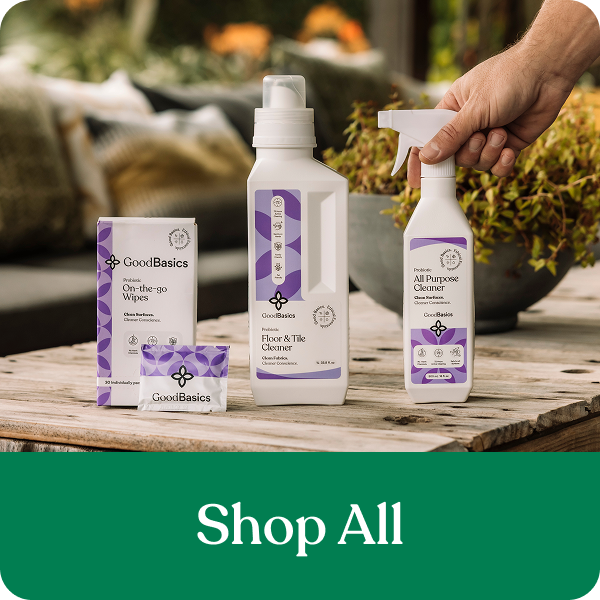
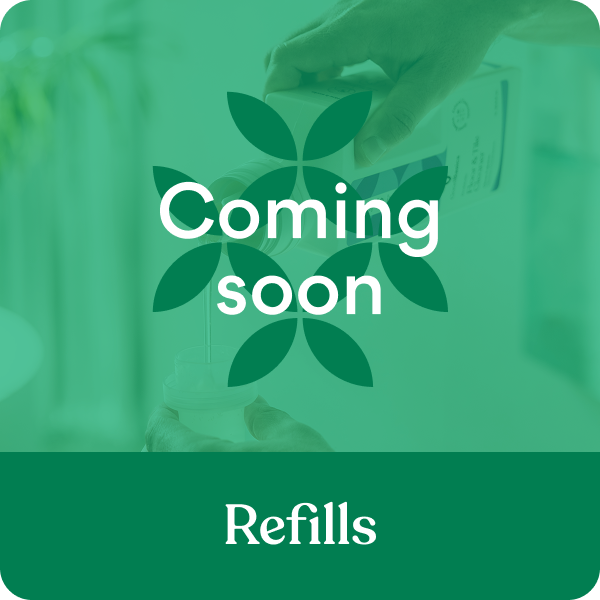
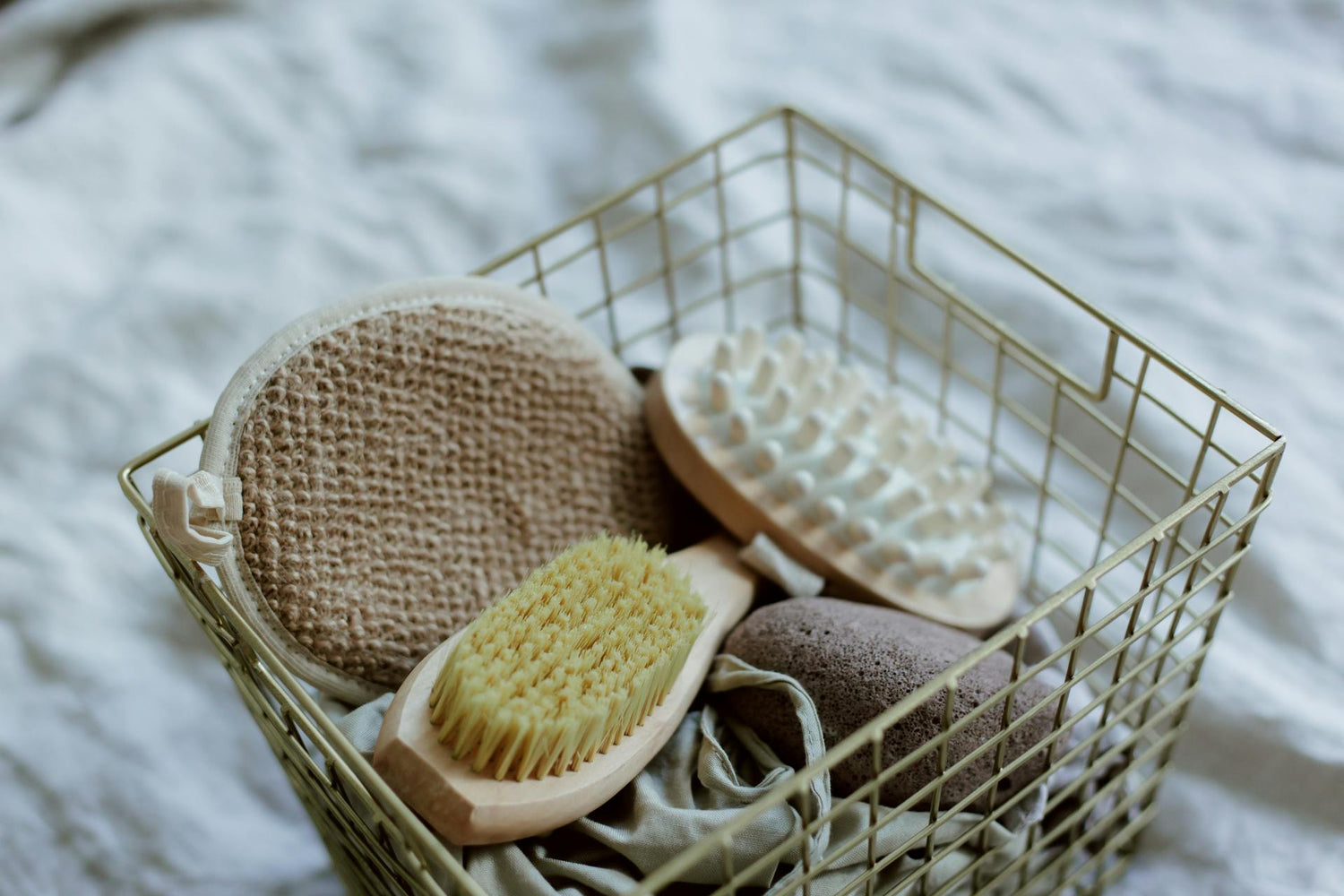
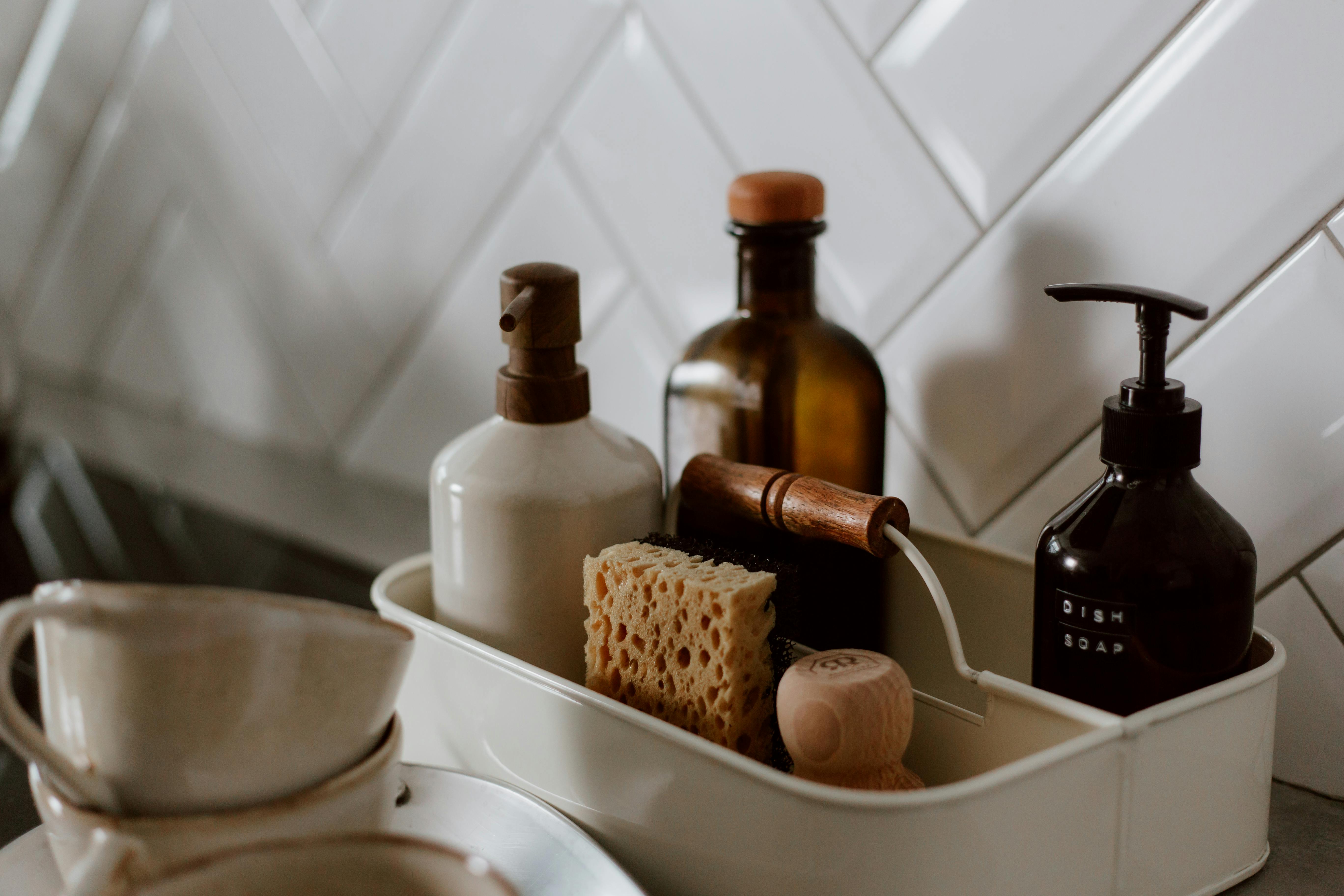
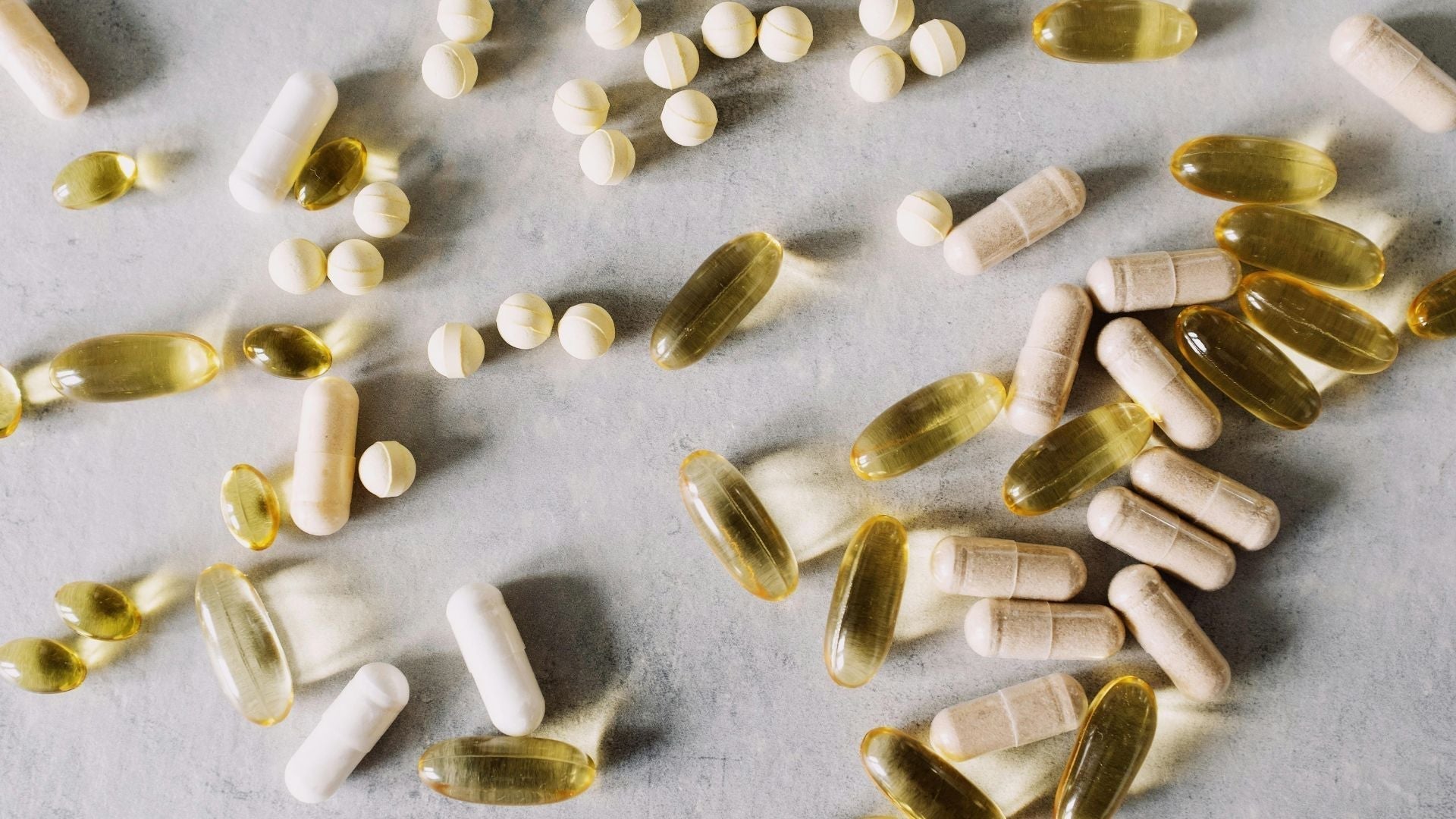
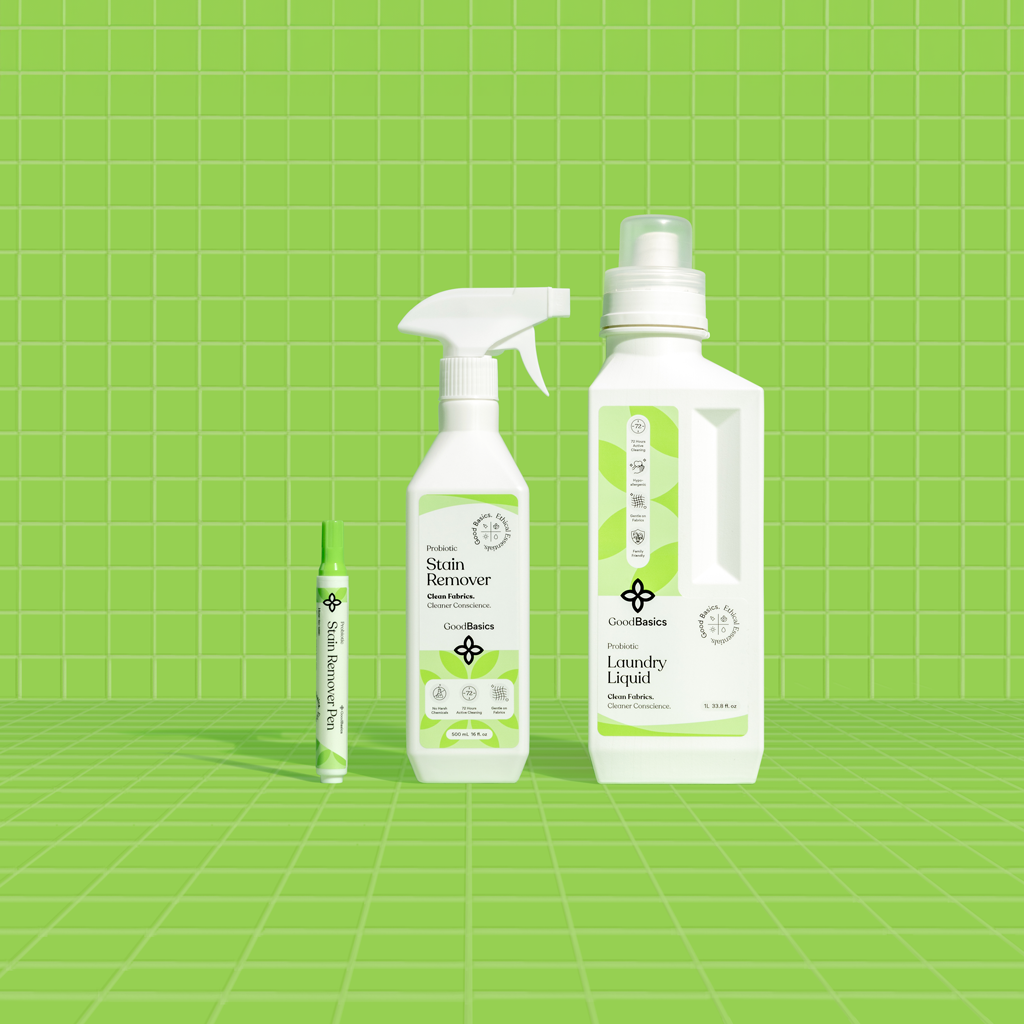
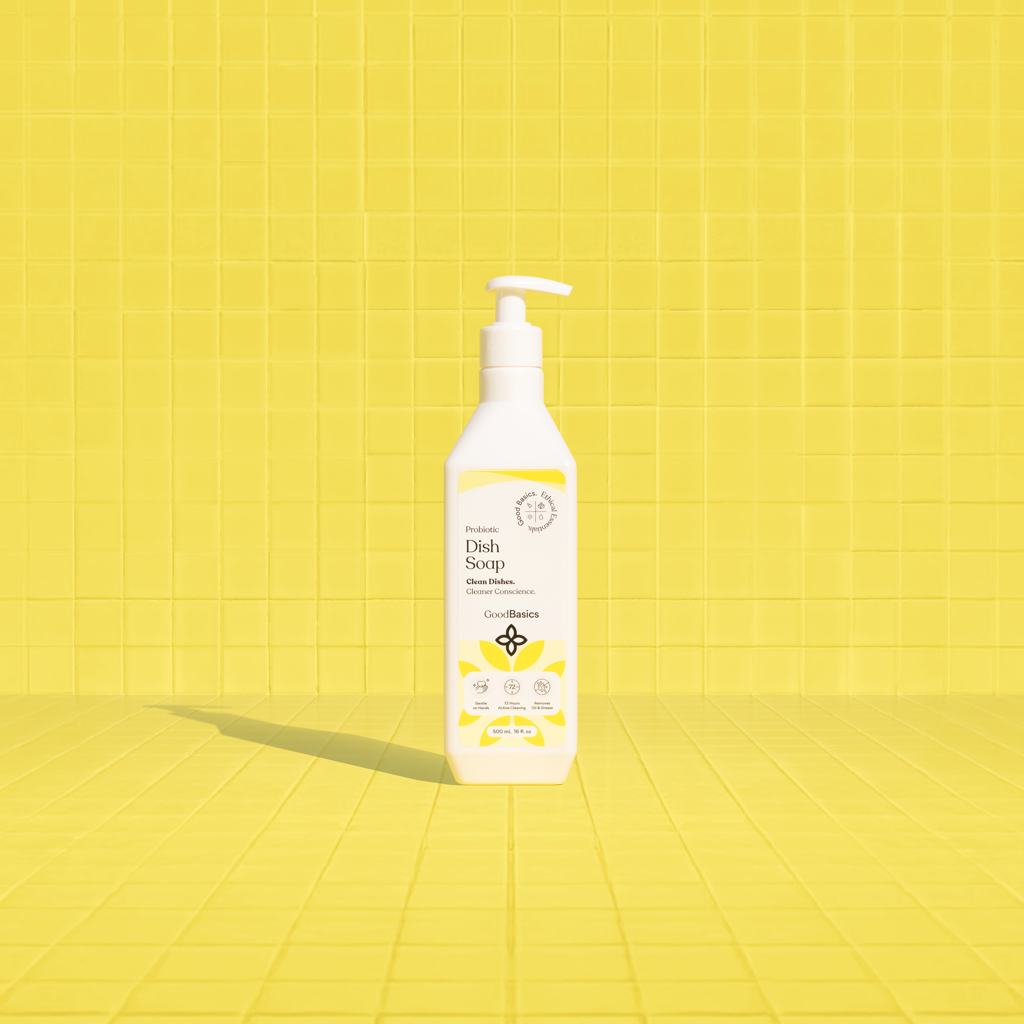

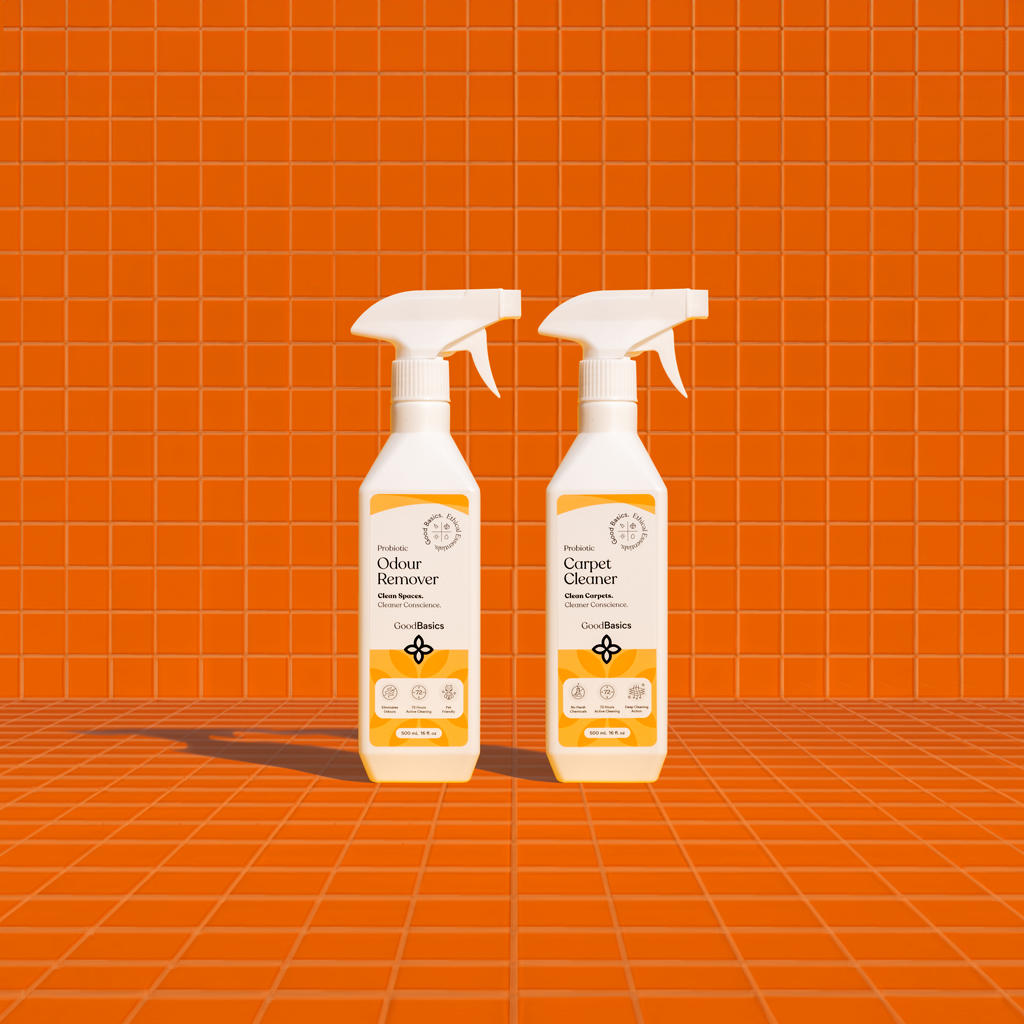

Leave a comment
All comments are moderated before being published.
All comments are moderated before being published.
This site is protected by hCaptcha and the hCaptcha Privacy Policy and Terms of Service apply.